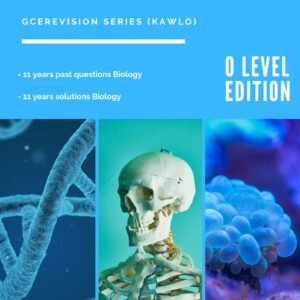In human females , the menstral cycle last approximately 28 days. The regular sequence of event control by the interaction of several hormones can be divided into 3 phases: follicular phase, oraltary and luteal phase.
Follicular phase
The menstration cycle begins when blood is first discharged from the uterus. From day 1 to about day 5, the uterine living continues to breakdown and is discharged along with varying amounts of blood. A day before menstration occurs, the hypothalamus produces GNRH. GNRH trigers the production of PSH from the antenar piturtary gland. PSH triggers the development of one or more follides on the ovarie.
As the follides increases in size it secretes increasing amounts of oestrogen. Oestrogen stimulates the repair and growth of the uterine lining and the growth of milk producing tissue in the mammary glands. They inhibit further production of PSH so that usually only one follicle matures at a times. Oestrogen also stimulates the antenar pituary gland to secrete N.H some ovarian follides to produce another hormone progestures.
Ovalry phase
At about day 13 to 15, the level of oestrogen increases rapidly. Whereas a show rise in oestrogen level during the follicular stage inhibits HMRH production at a critical high level oestrogen stimulates the hypothalamus to secrete more HNRH. GNRH secretion is also enhanced by the small amount of progesterone in the blood. HNRH causes a temporal increase in FSH and a sudden release of L.H from the pituitary gland. The surge of oocyte from anoranian follicide. Immediately after ovulation a woman is fertile and can conceive if she has sexual intercourse or if sperm are already present in her oviduct.
Luteal phase
After ovulation the remains of the ovarian follide forms the corpus luteum. This yellow glandular tissue secretes large stimulate futher development of the mammary glands of uterus in anticipation of pregnancy.
If the oocyte is not fertilized within about 36 hrs of being shed in the oviduct it dies. Following oestrogen secretion is reduced. At day 28, about 14days after ovulation lack of progesterone brings about another menstration an d the cycle starts again. Menstration occurs in females from puberty to menopause after which there are no more fertile follicles tp follicular development and ovulation seize.
If the oocyte is fertilized, the zygot is propelled towards the uterus. During its journey, it from an embryo which becomes implanted in the uterine lining. A placenta grows between the embryo the mother; this produces human choronic gonatrotrophin (Hch) which stops the degeneration of the curpus luteum and menstration is suspended.
Hormonal control of sexual reproduction in male
In men, the pituitary gland supplies a regular secretion of the hormones L.H and FSH to maintain a continues production of sperms in the testis. This hormones are the same ones that regulate follicular hormones in females. Males can mate at anytime and assuming they are fertile, their sperm would fertilise the egg at any time.














